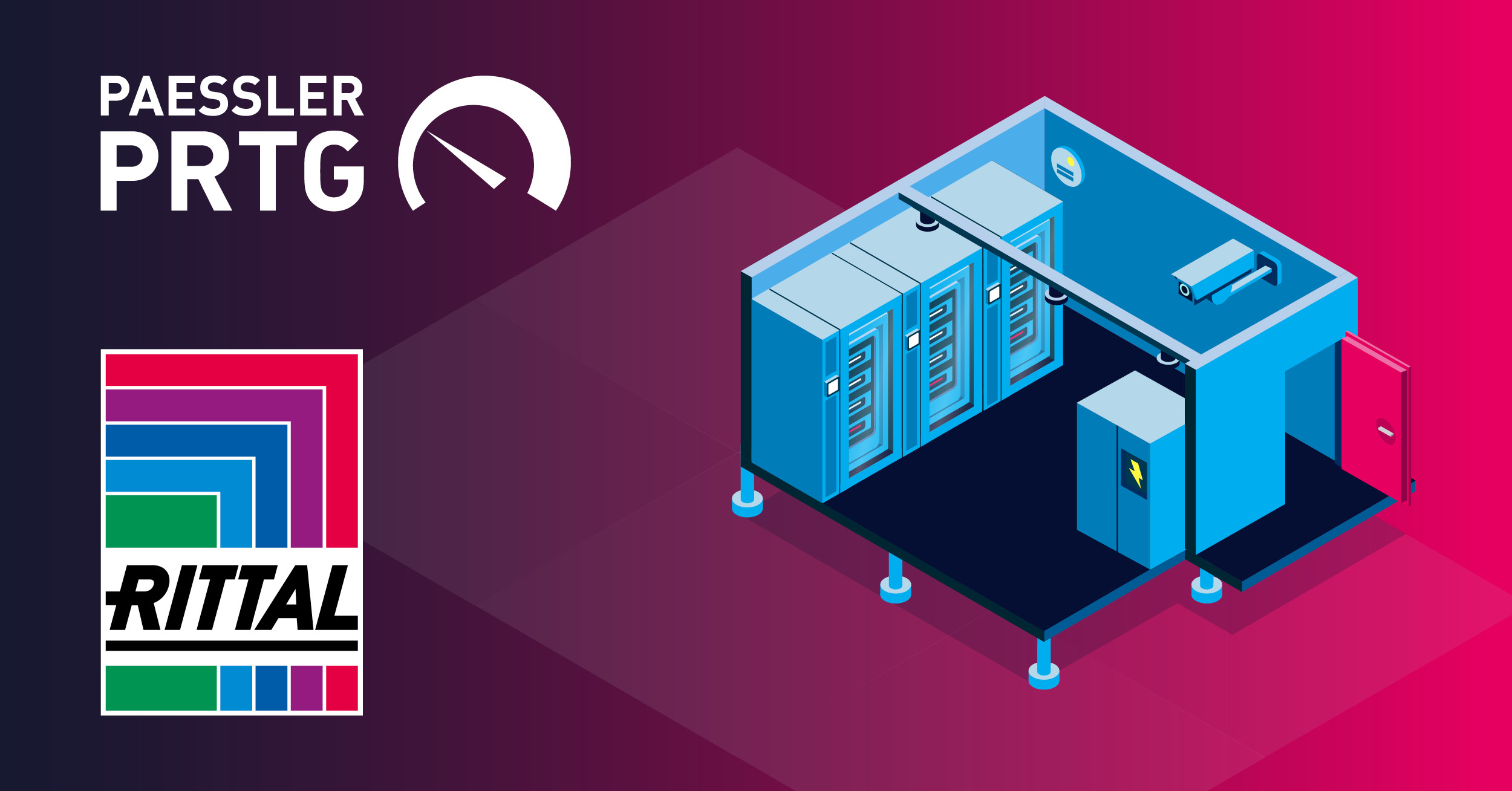Let's face it - downtime is a nightmare on every level. And I'm not just talking about the stress of those 2AM alerts or the flood of tickets from frustrated users. I'm talking about the financial hemorrhage: $1,670 gone every single minute your systems are down. Run that calculator for an hour and you're staring at a $100K hole in your budget from lost productivity and revenue. No wonder reducing MTTR (Mean Time to Repair) has shot to the top of every IT leader's priority list - when you're bleeding cash at that rate, every minute shaved off your recovery time translates directly to money saved.
🧩 Implementing comprehensive monitoring for faster root cause analysis
🧩 Optimizing your alerting system to reduce noise
🧩 Developing standardized runbooks for consistent response
🧩 Leveraging automation for common remediation tasks.
We'll also share a real-world example of how one manufacturing company reduced their MTTR by 65% - cutting average resolution time from 4.5 hours to just 1.6 hours and saving nearly $2 million annually in the process. Plus, we'll answer common questions about how MTTR reduction relates to security risk management and predictive analytics.
What is MTTR and why reducing it matters to your business
You've likely heard people throw around the term MTTR (Mean Time to Repair) in meetings - some call it Mean Time to Resolution or Recovery instead. Whatever name you use, it's simply how long it takes your team to fix something when it breaks down. You can calculate it by dividing your total downtime by the number of incidents - not rocket science, but incredibly revealing about your response capabilities.
This metric covers your entire incident journey - from that first alert, through the frantic root cause analysis, the actual fix, to the final verification that everything's working again. If your MTTR numbers keep climbing, you're probably dealing with process bottlenecks, monitoring tools that aren't cutting it, or systems that have become too complex for their own good.
Don't fall into the trap of looking at MTTR in isolation. Always pair it with MTBF (Mean Time Between Failures) for the complete story. While MTBF tells you how often your systems are failing, MTTR shows how quickly your team can get things back on track. Both metrics hit your bottom line - hard.
I've worked with teams reducing MTTR and downtime in a manufacturing environment and seen firsthand how it saved them thousands per hour in lost production.
Four proven ways to minimize MTTR in your IT environment
Looking to minimize MTTR in your organization? Here are four proven strategies that can dramatically reduce your resolution times.
First, implementing comprehensive monitoring is the foundation of any successful MTTR reduction strategy. When systems fail, your team needs to quickly identify what went wrong and where. PRTG Network Monitor provides that crucial end-to-end visibility with intuitive dashboards that display your entire IT and OT infrastructure. No more blind spots during troubleshooting. No more wasted time switching between different tools during critical incidents. Instead, your team can quickly pinpoint the root cause and begin remediation. This unified approach to monitoring has helped organizations cut their diagnostic time by up to 60%, addressing the most time-consuming part of the incident resolution process.
Alert optimization is a frequently overlooked way to reduce MTTR. As highlighted in MTTD and MTTR: key metrics for effective incident response, the quality of your alerting systems directly impacts how quickly your team can respond to incidents. When every notification seems urgent, nothing is urgent. Modern monitoring solutions use intelligent thresholds and correlation to ensure alerts are actionable and relevant. They filter out the noise so critical notifications aren't buried in false positives. The best systems include contextual information about affected dependencies and potential business impact, further reducing the time your team needs to resolve issues.
Developing standardized runbooks is essential for consistent incident handling and faster resolution times. When an outage strikes at 2 AM, the last thing your on-call engineer needs is confusion about what to do next. Well-documented procedures provide clear, step-by-step guidance for resolving common issues, ensuring consistent handling regardless of who's responding. These runbooks eliminate guesswork and reduce dependency on specific team members. In manufacturing environments, when a machine stops, money burns – every minute of uncertainty costs your business. Effective documentation includes clear escalation paths and resolution steps that anyone on your IT teams can follow.
Automation represents the most powerful technique for reducing MTTR and the hidden costs of downtime. By automating responses to common issues, you eliminate the delay between detection and the start of remediation. Simple scripts can restart failed services, clear log files, or reallocate resources without human intervention. More sophisticated automation workflows can implement temporary workarounds while alerting the appropriate teams for permanent fixes. Organizations that implement automated incident response typically see MTTR reductions of 30-50% for common disruptions, freeing up IT operations to focus on complex problems that truly require human expertise and improving overall operational efficiency.
Real-world example: How PRTG helped reduce MTTR by 65%
Let me share a real story that shows what's possible. One auto parts manufacturer I worked with was getting crushed by downtime issues. Every time a line stopped, they burned through roughly $45K in lost production. And this wasn't a rare occurrence - they were dealing with this nightmare 2-3 times weekly, with each outage taking around 4.5 hours to fix. Their margins were evaporating with each incident.
Their Ops Manager told me something that stuck with me: "Even our newer team members who didn't know all the systems inside-out could follow the process and get us back online without the usual chaos." That's what made this such a powerful MTTR reduction example. They went from spending 4.5 painful hours troubleshooting to just 1.6 hours to resolution - a 65% improvement that kept their production lines moving and their customers happy.
Beyond the numbers, there was a huge quality-of-life improvement for their team. The constant middle-of-the-night emergency calls became rare exceptions rather than the dreaded norm. Their IT Director summed it up: "We're not just constantly putting out fires anymore. We've actually got bandwidth to work on projects that prevent problems in the first place." They're using those same monitoring tools proactively now, catching potential issues before they turn into production-killing outages.
This real-world example of reducing MTTR delivered substantial financial benefits. With downtime costs of approximately $10,000 per hour and a reduction of 2.9 hours per incident, each event now saved $29,000. Across their average of 10 incidents monthly, this translated to $290,000 monthly or nearly $2 million annually in reclaimed production capacity.
The ROI of reducing MTTR extended beyond direct cost savings, significantly improving customer satisfaction as delivery commitments were consistently met. Employee morale also improved as middle-of-the-night emergencies became less frequent and less stressful. "Our IT operations team has shifted from constantly fighting fires to focusing on proactive improvements," says the IT Director. "We're now using the same monitoring tools to predict and prevent issues before they impact production, further enhancing our operational efficiency and system reliability."
Measuring and continuously improving your MTTR
Reducing your mean time to repair isn't a one-time project; it's an ongoing commitment that delivers measurable business value. The four strategies we've explored provide a clear roadmap to improve MTTR: implement comprehensive monitoring for visibility, optimize your alerting system to reduce noise, develop standardized runbooks for consistent response, and leverage automation for common remediation tasks. As you put these approaches into practice, you'll see benefits ripple throughout your organization: strengthened customer trust, less stressed response teams, and even better mean time between failures as system performance stabilizes.
Remember that real-time monitoring of your IT infrastructure forms the foundation, providing the insights your team members need to quickly identify issues, understand correlation between systems, and accelerate issue resolution.
Ready to start reducing your MTTR and transforming how you handle incidents? Get a free trial of PRTG Network Monitor and see how comprehensive visibility can cut your resolution times while strengthening your bottom line.
Your questions about MTTR and security
"So… does my MTTR actually affect my security risks?"
It absolutely does. When your systems are limping along during an outage, you're usually operating with quick-fix workarounds that create security gaps. We've all been there - implementing those "just get it working again" solutions that bypass normal security controls. The faster you get back to normal (lower MTTR), the less time you spend exposed to these vulnerabilities. Companies with quick recovery times typically have better security scores for this exact reason - those risk models are smart enough to know that faster fixes mean fewer opportunities for security incidents.
If you're interested in how these metrics work together in the real world, check out MTTD and MTTR: key metrics for effective incident response - it's got some practical examples.
"Can those predictive analytics tools actually help me figure out which systems to focus on first?"
They sure can - that's actually where they shine brightest. Instead of guessing which systems need the most attention (or worse, waiting until something breaks), these tools analyze your actual incident history, map out dependencies, and calculate potential business impacts. This means you're putting your monitoring resources and security efforts where they'll make the biggest difference. I've seen teams completely transform their approach once they started letting data drive their priorities instead of hunches or whoever complained the loudest.
Discover how reducing MTTR and downtime in a manufacturing environment can be optimized through intelligent, risk-based prioritization.
How does IT asset management contribute to both MTTR reduction and proactive risk scoring for cyber security?
Comprehensive IT asset management provides the foundation for both effective MTTR reduction and proactive security risk management. You can't quickly repair or secure what you don't know exists. A complete asset inventory enables faster troubleshooting during incidents by providing visibility into system configurations, dependencies, and previous issues. This same asset data is crucial for security teams, as it feeds predictive risk scoring models with information about system vulnerabilities, patch levels, and potential attack vectors, enabling more accurate risk assessments and prioritization.
Learn how integrating ITAM vs. ITSM approaches can dramatically improve both your incident response times and overall security posture.
 Published by
Published by 











